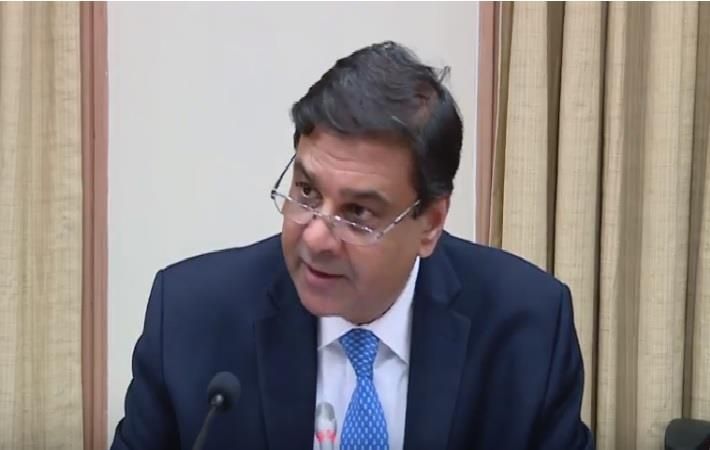RBI keeps repo rate under LAF unchanged at 6.5%

Consequently, the reverse repo rate under the LAF will remain at 6.25 per cent, and the marginal standing facility (MSF) rate and the Bank Rate at 6.75 per cent.
“The decision of the MPC is consistent with the stance of calibrated tightening of monetary policy in consonance with the objective of achieving the medium-term target for consumer price index (CPI) inflation of 4 per cent within a band of +/- 2 per cent, while supporting growth,” an RBI press release said.
The MPC noted that global headwinds in the form of escalating trade tensions, volatile and rising oil prices, and tightening of global financial conditions pose substantial risks to the growth and inflation outlook. It is, therefore, imperative to further strengthen domestic macroeconomic fundamentals.
Listing the uncertainties that cloud the outlook, the MPC said: “First, the government announced in September measures aimed at ensuring remunerative prices to farmers for their produce, although uncertainty continues about their exact impact on food prices. Secondly, oil prices remain vulnerable to further upside pressures, especially if the response of oil-producing nations to supply disruptions from geopolitical tensions is not adequate. The recent excise duty cuts on petrol and diesel will moderate retail inflation.
“Thirdly, volatility in global financial markets continues to impart uncertainty to the inflation outlook. Fourthly, a sharp rise in input costs, combined with rising pricing power, poses the risk of higher passthrough to retail prices for both goods and services. However, global commodity prices other than oil have moderated, which should mitigate the adverse influence on input costs.
“Fifthly, should there be fiscal slippage at the centre and/or state levels, it will have a bearing on the inflation outlook, besides heightening market volatility and crowding out private sector investment. Finally, the staggered impact of HRA revision by the state governments may push up headline inflation.” (RKS)
Fibre2Fashion News Desk – India
































-Ltd..jpg?tr=w-120,h-60,c-at_max,cm-pad_resize,bg-ffffff)





.jpg?tr=w-120,h-60,c-at_max,cm-pad_resize,bg-ffffff)
.jpg?tr=w-120,h-60,c-at_max,cm-pad_resize,bg-ffffff)






